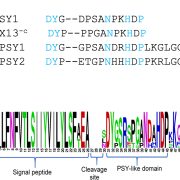
Root-knot nematodes produce functional mimics of tyrosine-sulfated plant peptides
Plant Science Research WeeklyI love reading about pathogens hijacking host systems; I’m always thrilled to see how “life finds a way”. Here’s another. Plants use a variety of peptides as hormones, many of which have covalent modifications of one sort or another. One class are the tyrosine-sulfated peptides, the PLANT PEPTIDE…

Putting a stop to misogyny in the scientific community
Plant Science Research WeeklyThe pervasive issue with misogyny in the scientific community has drawn more attention as people and organizations work to promote equality and inclusivity. The importance of confronting and eliminating gender-based discrimination within scientific disciplines is discussed in this article by Alison…
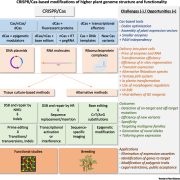
Review: CRISPR/Cas-mediated plant genome editing, a decade after implementation
Plant Science Research WeeklyI’ll be honest, I was surprised to see “a decade after implementation” in this title, but indeed, the first publication describing CRISPR/Cas in plants was in 2013. We’ve learned a lot in the past 10 years and the technology provides many opportunities, but challenges remain, both of which are…
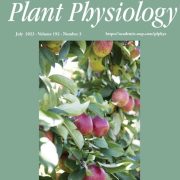
Plant Physiology Focus Issue: Fruit Crops
Plant Science Research WeeklyJuly brings delicious fruit harvests in the Northern Hemisphere, and a very special focus issue of Plant Physiology. I particularly like this issue because of the wide variety of species covered, starting with apple, banana, blueberry, cherry, citrus, and so on. It’s a nice departure from our usual…
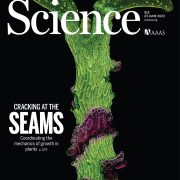
Brassinosteroid coordinates cell layer interactions via cell wall and tissue mechanics
Plant Science Research WeeklyOrganismal growth requires extensive coordination between cells and tissues with different identities, and this is particularly important for plants with their rigid cell walls and lack of cell motility. A key mechanism for tissue coordination involving brassinosteroids has been identified by Kelly-Bellow…
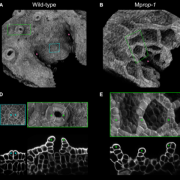
RHO GTPase of plants regulates polarized cell growth and cell division orientation during morphogenesis
Plant Science Research WeeklyPrecise spatial control of cell division and cell growth is necessary to produce the specific cellular organizations demanded by the complex tissues and organs of morphologically complex organisms One of many factors that guide cell division/growth is cell polarity, of which RHO GTPase-type proteins…
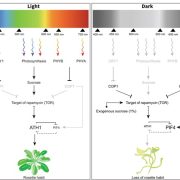
Light and sucrose signaling converge at TOR kinase to control plant development
Plant Science Research WeeklyDifferent photoreceptors (mainly phytochromes and cryptochromes) perceive light, which acts as a signal for controlling plant growth and development. Similarly, light is absorbed by chlorophylls (and carotenoids) for generating energy via photosynthesis. In search of a link between these two light-mediated…
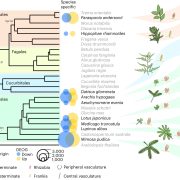
Comparative phylotranscriptomics reveals ancestral and derived root nodule symbiosis programs
Plant Science Research WeeklyThere are about ~17,500 plants species that can participate in nitrogen-fixing root nodule symbioses. The majority of these (~17,300) are in the order Fabales, which includes the legumes. The remainder fall into three orders (Rosales, Fagales, and Cucubitales), leading to the question of whether this…
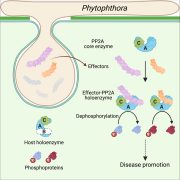
Pathogen protein modularity enables elaborate mimicry of a host phosphatase
Plant Science Research WeeklySome of the most fascinating discoveries in biology are found at the interface between hosts and pathogens, where each organism is endlessly fighting for its survival. Plant pathogens produce a wide array of effector proteins that promote their virulence, but we only understand how some of these effectors…

